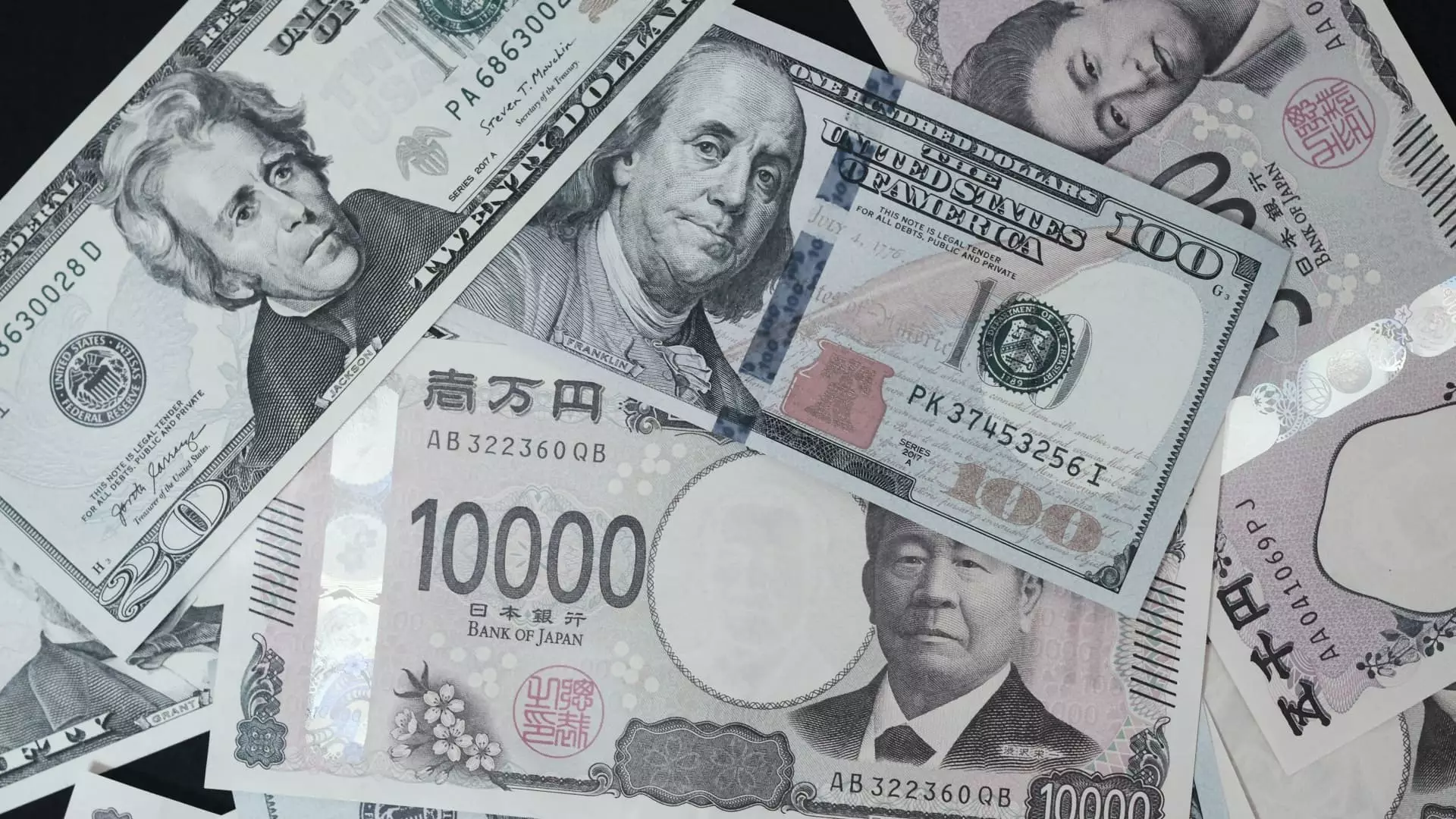In the wake of President Trump’s decision to increase tariffs on imports, the financial landscape has been rocked, resulting in significant market losses that tell a troubling story of American economic vulnerability. The S&P 500, once a shining beacon of growth and resilience, plummeted, marking a staggering two-day loss of over $5 trillion, especially alarming given its broad representation of American capital markets. The stark reality is that the 10.5% drop reflects deeper issues within the U.S. economy, overshadowing an otherwise stable global outlook that hasn’t suffered nearly as much.
Market Performance vs. Global Trends
When we analyze the data, it becomes evident that the fallout from tariff policies has severely impacted U.S. markets, while international counterparts fared much better. The S&P’s market capitalization, which peaked at $52.05 trillion in mid-February, has since seen a decline of 17.4%, far outpacing the global average drop of 13.7%. The peculiar resilience of European and Asian markets stands in stark contrast to the turbulence faced by U.S. stocks, raising critical questions about the robustness of the American economy in an increasingly interconnected world.
It’s troubling that U.S. financial indices, epitomized by the S&P 500, represent an astonishing 87% of the total stock market. This dominance illustrates a precarious imbalance; when America falters, the implications are, at once, far-reaching and immediate.
Economics of Fear and the Tariff Tango
The recent downturn is not just about numbers but reflects a broader economic sentiment marred by uncertainty. As tariffs rise, so does anxiety among investors who worry about profitability, innovation, and employment stability. This fear compounded by market volatility results in a precarious economic environment, one where capital flees and consumer confidence dwindles. The emotional weight of tariffs, of which Trump boasts, ricochets through economic sectors, negatively impacting investment decisions.
Compounding this issue is the misconception that strict tariff policies will always lead to nationalistic economic strength. Instead, they may inadvertently weaken the very foundation they aim to protect. While advocating for American industries is noble, it should never come at the expense of sustainable growth or enlightened global cooperation.
Global Versus Domestic: A Tale of Two Markets
A key metric worth considering is the performance of the global market excluding the U.S. While the world saw a decline of 6% since February, the U.S. market faced a staggering 18.1% drop in broad market capitalization. Here lies an alarming discrepancy illustrating that while America isolates itself through self-imposed economic barriers, international partners are often leveraging cooperation to weather the storms.
The sharp contrast between U.S. and global market performance serves not only as a wake-up call but as a condemnation of protectionist ideology. As tariffs provoke retaliatory measures from trading partners, the net effect could drown the U.S. economy in a quagmire of isolationism that stifles innovation and growth.
Investors should not just brace for mere volatility; they must also critically evaluate the long-term implications of a faltering domestic market. The necessity for a more pragmatic economic strategy that encourages global collaboration while protecting American interests has never been more apparent. Economic success in a hyper-connected world relies significantly on shared ventures rather than divisive policies.

